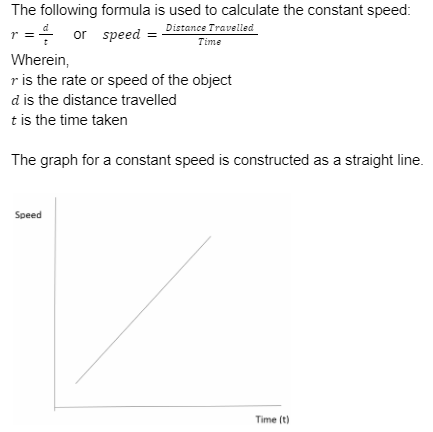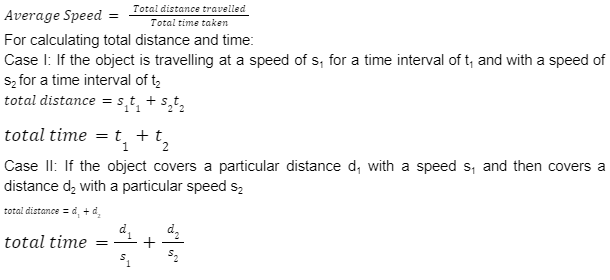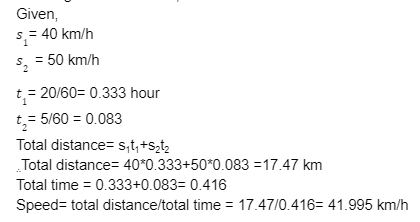While surfing for cars or playing a racing game, what is the one thing that everyone looks for? The speed of that particular car. The speed of the car determines several factors that ultimately convince a buyer to purchase that car.
Let’s take another example. In Olympic races, what determines the athlete’s chances of winning? Among other factors, the speed of the athlete plays an important role in determining the outcome of the races.
Speed is the unit that measures the distance travelled in a unit of time. Speed is a scalar quantity that does not take into account the direction of movement.
Speed
Speed is broadly defined as the distance travelled in a unit of time. Being a scalar quantity, the direction is not taken into consideration. Higher speed is a situation defined wherein the object travelling is moving at a higher speed. Lower speed is a situation wherein the object travelling is moving at a very low speed. If the object is not moving at all, it is said to be at zero speed.
The SI unit for measuring the speed of an object is km/h (kilometres per hour) or m/s (metres per second).
Types of Speed
There are four different types of speed observed in everyday lives as well as in scientific experiments.
- Uniform Speed
Uniform speed measures the equal distance covered by the object in equal intervals of time. The time-speed graph of the uniform speed takes the form of a straight parallel line to the X-Axis.
The opposite of the uniform speed is non-uniform speed wherein the object is said to be changing the speed at equal intervals of time.
- Variable Speed
The object is said to be moving at a variable speed if it is covering unequal distances at equal intervals of time.
- Instantaneous Speed
The speed calculated at a particular moment or instance of time is called instantaneous speed.
- Average Speed
Just like regular averages, the average speed calculates the total distance travelled in the total time taken. The formula used to calculate the average speed:
Rotational and Tangential Speed
For an object traversing on a circular path, the speed is measured through rotational and tangential speed.
Rotational speed measures the number of revolutions done by an object travelling in a circular path per unit of time. The SI unit for rotational speed is rotations per minute or RPM.
The tangential speed measures the linear speed of an object as to how far the object is rotating from its axis (radial distance). At the centre of the axis, the tangential speed is zero.
Tangential Speed=radial distance × rotational speed
Speed vs Velocity
Before comparing the speed with velocity, let’s understand what is velocity first. Broadly, velocity is defined to be the rate at which the object changes its position, concerning the initial position taken as a reference. Velocity is a vector quantity that takes the direction of movement into consideration.
For example, if you allow a child to run from where he’s sitting to get a toy, as soon as he returns to the initial place, his velocity becomes zero, as his position did not change after he came back to the initial place. However, his running speed can be calculated by dividing the distance travelled by the time taken.
If a person wants a velocity that is a non-zero integer, he/she must try to get maximum displacement from the original position from where it started. If he wants a higher speed then he must try and cover maximum distance in minimum time.
Since velocity takes direction into consideration, the inclusion of the directional movement along with the SI unit is a must. While speed is simply calculated by dividing the distance travelled by the time taken, the formula for calculating the velocity is:

The calculated speed of a moving object is always in a positive integer. The velocity can be positive, negative or zero. While speed does not tell us in which direction the object is moving in, the velocity tells us exactly which direction the object is moving in.
Solved examples for Speed
- A motorcycle is travelling at a speed of 40 km/h for a particular distance of 20 minutes and then changes its speed to 50 km/h for the next 5 minutes. Based on the given information, calculate the total distance and average speed.
Conclusion
Speed is the unit that measures the distance travelled in a unit of time. The SI unit of speed is km/h and it is a scalar quantity that does not take direction into consideration. The speed can be further divided into four types, uniform, average, instantaneous, variable. The formula used for calculating speed is distance/time.
 Profile
Profile Settings
Settings Refer your friends
Refer your friends Sign out
Sign out









